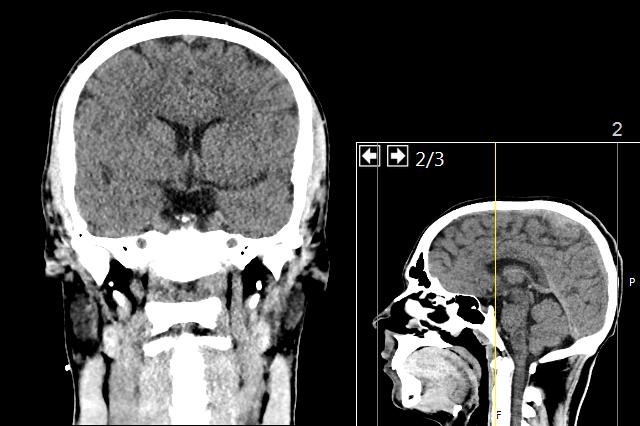Challenge: The Limitations of Traditional Cerebrovascular Disease Models
Cerebrovascular diseases, such as atherosclerosis and stroke, are a leading cause of death and disability worldwide. A key feature of these conditions is vascular stenosis, the narrowing of blood vessels, which disrupts blood flow and leads to chronic inflammation.
Studying these complex processes in living organisms is incredibly challenging. Traditional laboratory models often fail to replicate the intricate 3D structure and dynamic environment of human brain vessels. This limitation has been a significant barrier to understanding the mechanisms of these diseases and developing effective treatments.
Solution: High-Fidelity 3D-Bioprinted Models
To overcome these challenges, a research team led by Professor Byoung Soo Kim at Pusan National University developed a groundbreaking solution: a 3D-bioprinted model of stenotic (narrowed) brain vessels.
Using an advanced technique called embedded coaxial bioprinting, the team was able to create perfusable, hollow vascular structures with precise control over the degree of narrowing. This allowed them to accurately simulate the conditions found in diseased brain vessels.
A crucial component of this innovation was the development of a unique bioink. This hybrid material, composed of decellularized extracellular matrix from porcine aortas, collagen, and alginate, provided both the necessary mechanical strength for printing and the essential biological cues to support the growth and function of human endothelial cells.
Implementation and Validation
The bioprinted vessels were seeded with human endothelial cells to create a living model. The researchers were then able to emulate the blood flow conditions found in both healthy and stenotic vessels.
To validate their model, the team used a combination of computational fluid dynamics simulations and tracer bead experiments. These tests confirmed that the stenotic regions of the 3D-printed vessels created disturbed flow patterns identical to those observed in atherosclerotic vessels in the human body.
Results and Outcomes: A More Accurate Disease Model
The 3D-bioprinted model successfully replicated the key features of cerebrovascular disease. The endothelialized vascular constructs maintained continuous cellular coverage and expressed the appropriate junction proteins, indicating a viable and functional research platform.
Significantly, the model demonstrated that disturbed blood flow in the stenotic regions induced a pro-inflammatory response in the endothelial cells. This provides a powerful tool for investigating the cellular and molecular mechanisms that drive vascular inflammation and pathology in cerebrovascular diseases.
Conclusion and Future Implications: A New Era in Cerebrovascular Research
This innovative 3D-bioprinting technology represents a major leap forward in the study of cerebrovascular diseases. It provides a robust and versatile platform that can:
- Offer deeper insights into the mechanisms of endothelial inflammation and vascular pathology.
- Accelerate drug screening and toxicity assessments.
- Reduce reliance on animal testing.
- Pave the way for personalized medicine, with the potential to use patient-derived cells to create customized disease models.
As bioprinting technology continues to advance, these models hold the promise of transforming our understanding of cerebrovascular diseases, leading to the development of more effective and personalized treatments for conditions like stroke and atherosclerosis.


